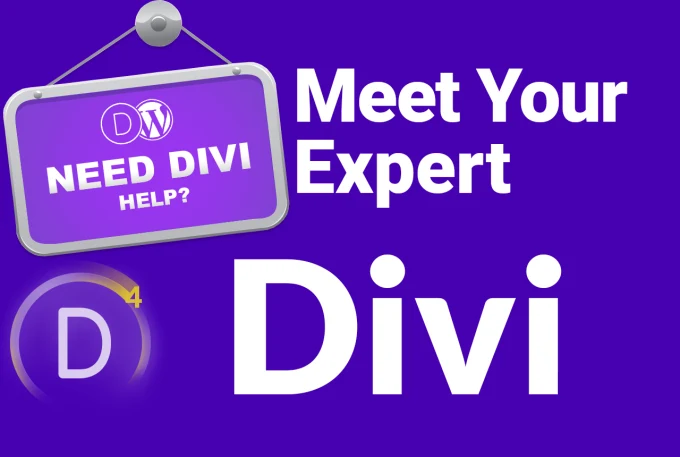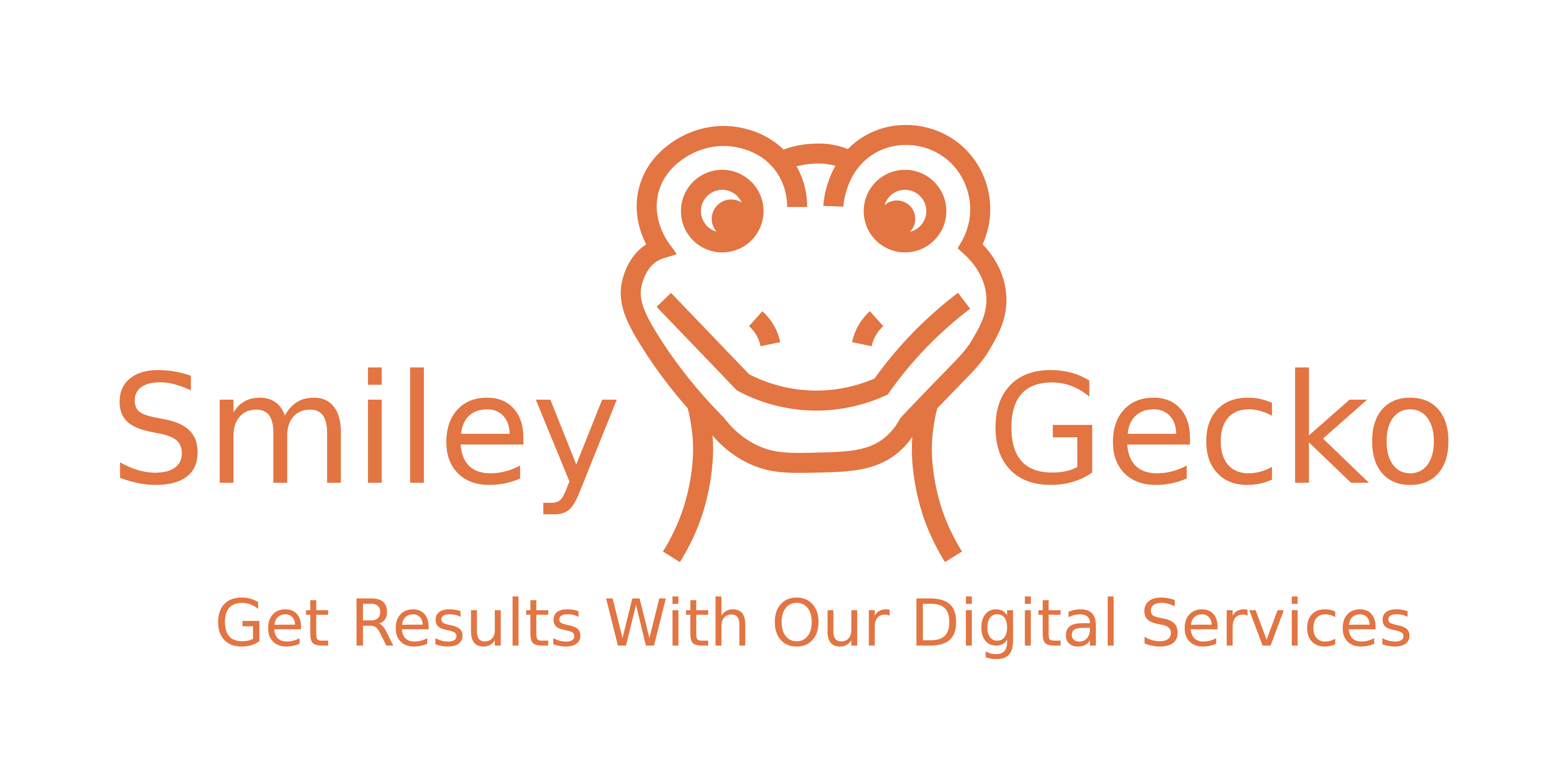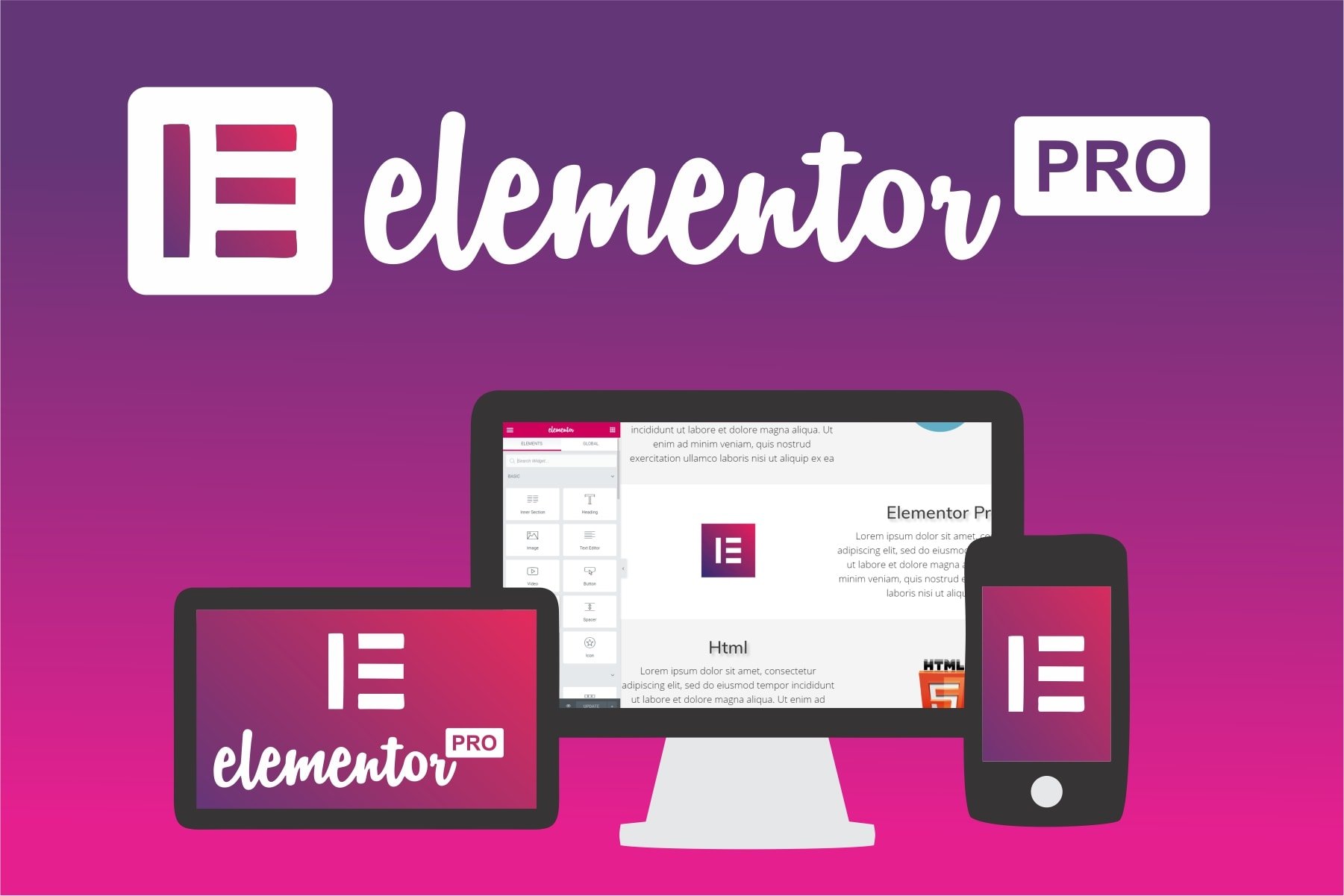
How to Get Started in Web Design
Web design is the art and science of creating websites that are attractive, functional, and user-friendly. Web design involves both the visual and technical aspects of a website, such as layout, colour, typography, images, animation, interactivity, and coding. Web design is a highly sought-after skill in the digital age, as more and more businesses and individuals need websites to showcase their products, services, or ideas.
If you are interested in web design, you might be wondering how to get started. What do you need to learn? What tools do you need? How do you find clients or projects? In this blog, we will answer some of the most common questions that beginners have about web design and give you some tips and resources to help you on your journey.
What do you need to learn?
Web design is a broad and diverse field that requires a combination of different skills and knowledge. Some of the most essential things that you need to learn are:
- HTML and CSS: HTML (HyperText Markup Language) and CSS (Cascading Style Sheets) are the basic building blocks of any website. HTML defines the structure and content of a web page, while CSS controls the appearance and style of a web page. Learning HTML and CSS will enable you to create and modify web pages using code. You can learn HTML and CSS online through various tutorials, courses, and books, such as W3Schools, Codecademy, and HTML and CSS: Design and Build Websites.
- Design principles and tools: Web design is not only about coding, but also about creating a pleasing and effective visual design for your website. You need to learn the basic principles of design, such as contrast, alignment, balance, hierarchy, and harmony, and how to apply them to web design. You also need to learn how to use design tools, such as Photoshop, Illustrator, Sketch, or Figma, to create and edit graphics, logos, icons, and other visual elements for your website. You can learn design principles and tools online through various tutorials, courses, and books, such as Canva, Udemy, and The Principles of Beautiful Web Design.
- JavaScript and jQuery: JavaScript is a programming language that adds interactivity and functionality to your website, such as animations, transitions, pop-ups, forms, and more. jQuery is a library of JavaScript code that simplifies and enhances the use of JavaScript. Learning JavaScript and jQuery will enable you to create dynamic and engaging websites that respond to user actions and events. You can learn JavaScript and jQuery online through various tutorials, courses, and books, such as W3Schools, Codecademy, and JavaScript and jQuery: Interactive Front-End Web Development.
These are some of the core skills and knowledge that you need to learn to get started in web design, but there are many more things that you can learn to improve your web design skills, such as responsive design, accessibility, SEO, frameworks, libraries, and more. The more you learn, the more you can do with web design.

What tools do you need?
To get started in web design, you need some basic tools that will help you create and test your websites. Some of the most essential tools are:
- A text editor: A text editor is a software that allows you to write and edit code for your website. There are many text editors available, but some of the most popular and user-friendly ones are Sublime Text, Atom, and Visual Studio Code. These text editors have features such as syntax highlighting, auto-completion, code formatting, and extensions that make coding easier and faster.
- A web browser: A web browser is a software that allows you to view and interact with your website. You need a web browser to test how your website looks and works on different devices and screen sizes. There are many web browsers available, but some of the most widely used and compatible ones are Google Chrome, Mozilla Firefox, and Microsoft Edge. These web browsers have features such as developer tools, extensions, and plugins that help you debug and improve your website.
- A web server: A web server is a software that hosts and delivers your website to the web. You need a web server to make your website accessible to the public and to use some features that require a server-side environment, such as PHP, databases, or WordPress. There are many web servers available, but some of the most common and easy to use ones are Apache, Nginx, and XAMPP. These web servers have features such as configuration, security, and performance that help you manage and optimize your website.
These are some of the basic tools that you need to get started in web design, but there are many more tools that you can use to enhance your web design workflow, such as code editors, design tools, testing tools, deployment tools, and more. The more tools you use, the more you can do with web design.

How do you find clients or projects?
One of the most challenging aspects of web design is finding clients or projects that will pay you for your work. There are many ways to find web design opportunities, but some of the most effective ones are:
- Create a portfolio: A portfolio is a collection of your best web design work that showcases your skills, style, and experience. A portfolio is essential for web designers, as it helps you attract and impress potential clients or employers. You can create a portfolio by building your own website or using a platform such as Behance, Dribbble, or PortfolioBox. You should update your portfolio regularly with your latest and greatest web design projects and share it on social media, forums, and blogs to increase your exposure and reach.
- Network with other web designers: Networking with other web designers is a great way to learn from others, get feedback, find mentors, and discover new opportunities. You can network with other web designers by joining online communities, such as Reddit, Stack Overflow, or Dev.to, or attending local events, such as Meetup, Hackathon, or WordCamp. You should interact with other web designers, ask questions, share your work, offer help, and build relationships that can lead to collaborations, referrals, or jobs.
- Freelance on online platforms: Freelancing on online platforms is a convenient and flexible way to find web design clients or projects that suit your skills, availability, and budget. You can freelance on online platforms by creating a profile and bidding on web design projects that are posted by clients from all over the world. Some of the most popular and reputable online platforms for web design freelancers are Upwork, Fiverr, and Freelancer. You should create a professional and attractive profile, showcase your portfolio, write compelling proposals, and deliver quality work to earn positive reviews and ratings that will boost your reputation and income.
These are some of the most common and effective ways to find web design clients or projects, but there are many more ways that you can explore, such as creating a blog, starting a YouTube channel, teaching web design, or contacting local businesses. The more ways you try, the more chances you have to find web design opportunities.
Conclusion
Web design is a rewarding and exciting career that allows you to express your creativity, solve problems, and make an impact on the web. To get started in web design, you need to learn the essential skills and knowledge, such as HTML, CSS, JavaScript, design principles, and tools, that will enable you to create and modify websites. You also need to find the best tools, such as text editors, web browsers, and web servers, that will help you create and test your websites. Finally, you need to find the best ways, such as creating a portfolio, networking with other web designers, and freelancing on online platforms, that will help you find web design clients or projects that will pay you for your work.
We hope that this blog has given you some useful and practical tips and resources to help you get started in web design. If you have any questions or comments, please feel free to leave them below. Thank you for reading and happy web designing!





0 Comments